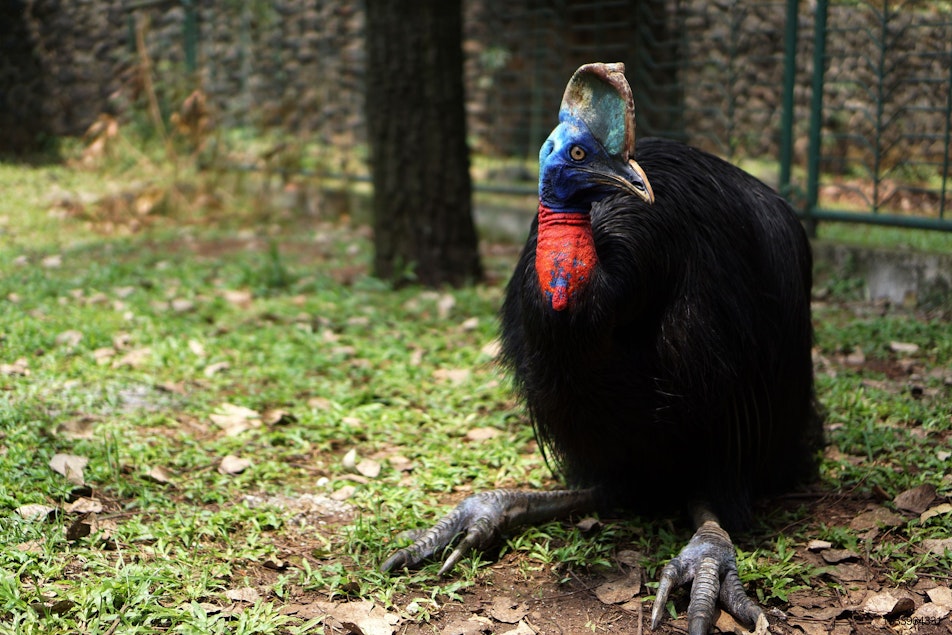This website uses cookies so that we can provide you with the best user experience possible. Cookie information is stored in your browser and performs functions such as recognising you when you return to our website and helping our team to understand which sections of the website you find most interesting and useful.

Covering the poultry industry, I know that many people have had success in raising chickens, turkeys, ducks, geese, quail and even pheasants.
I’m even related to a family that raised ostriches and another that raised emus.
But I never heard of anybody trying to raise cassowaries until I stumbled upon an article from Pennsylvania State University (Penn State) this morning.
Actually, it’s probably the first time I’ve even heard of the cassowary since I was in grade school. If you are unfamiliar with the bird, you can see a picture of one above. Cassowaries are flightless birds native to Papua New Guinea, Indonesia, Aru Islands and northeastern Australia. Wikipedia states: “Cassowaries are very wary of humans, but if they are provoked, they are capable of inflicting serious, even fatal, injuries to both dogs and people. The cassowary has often been labeled ‘the world’s most dangerous bird.’”
They are also the world’s third largest bird, trailing only the previously mentioned ostrich and emu.
And upon at the feet on the cassowary shown above, boy howdy, I can tell why they could be considered the world’s most dangerous bird.
The Penn State article points out that as early as 18,000 years ago, people in New Guinea may have collected cassowary eggs near maturity and then raised the birds into adulthood.
A report on research, headed by Kristina Douglass, assistant professor of anthropology and African studies at Penn State, was recently published in the Proceedings of the National Academy of Sciences.
In the study, the researchers used eggshells to determine the developmental stage of ancient cassowary embryos/chicks when the eggs cracked.
“This behavior that we are seeing is coming thousands of years before domestication of the chicken,” Douglass said. “And this is not some small fowl, it is a huge, ornery, flightless bird that can eviscerate you.”
Douglass and her team took shell collections from two sites in New Guinea, and found that a large majority of the eggshells were harvested ruing late stages.
“What we found was that a large majority of the eggshells were harvested during late stages,” Douglass said. “The eggshells look very late; the pattern is not random. They were either into eating baluts (nearly developed embryo chicks) or they are hatching eggs.”
Earlier researchers did not find any indications that cassowaries were penned , and the only bones that were found were those of the leg and thigh (the meatier portions) which suggested that they were hunted birds that were processed in the wild.
Needless to say, these people who hunted and/or raised cassowaries were very brave.
Thank heavens for today’s poultry and the people who raise and process them.



 Africana55 Radio
Africana55 Radio 
